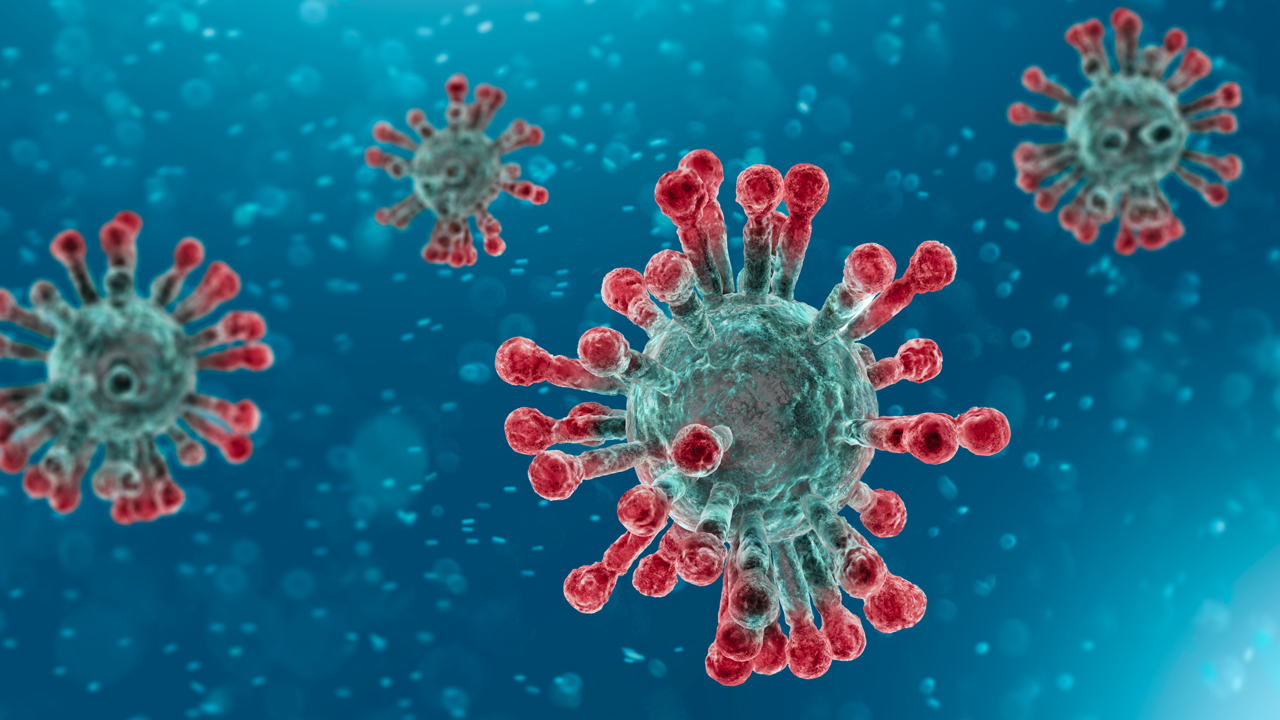
As Wisconsin’s COVID-19 testing capacity has more than doubled this week, Department of Health Services officials are encouraging health care providers to order tests more widely for their patients.
Ramping up the state’s ability to test for the virus is key to Wisconsin safely reopening, officials have said.
“We need to have more testing, we need to have more PPE, we need to have more contact tracing,” Gov. Tony Evers said Thursday, after extending his Safer at Home order by a month. “We need to be able to provide that safety for the people of Wisconsin. If we don’t do that, first of all, we’re not going to have workers to go to work and, second of all, we’re not going to have people in the state of Wisconsin that feel comfortable about spending their money and increasing the economic growth of our state.”
Between Monday and Thursday, the number of lab tests available for COVID-19 in Wisconsin grew from 3,888 to 7,611, according to DHS. As of Thursday, 30 labs were running COVID-19 tests.
That’s up from the roughly 1,400 tests that were available one month ago on March 18.
Last week, testing restrictions were eased in Wisconsin, allowing health care providers to order tests for patients with mild COVID-19 symptoms and those they believe would benefit from being tested. Before that, testing was largely limited to health care workers and hospitalized patients.
“We are certainly working hard to make sure that providers understand that there is capacity in the system, that they have the ability to use their discretion to order a test for a patient that they believe needs to be tested, that we are not living in a world where we need to be quite so restrictive about who can access tests now that we have this expanded capacity,” said Department of Health Services secretary-designee Andrea Palm.
Dr. Ryan Westergaard, chief medical officer for DHS, said he expects providers to test more widely for COVID-19 as seasonal influenza subsides.
“The message for health care partners is that when we see acute respiratory illness, we need to have a much higher index of suspicion for COVID-19,” he said. “And now that capacity is better, not only can they but they should think about testing for COVID-19 in routine outpatient settings.”
Palm said the department will work to continue growing its testing capacity over the next month.
In particular, DHS is working to deploy widespread testing in areas where there are clusters of cases, such as an employer or long-term care facility, to mitigate the spread of the virus, Palm said.
Increasing the state’s capacity to contact trace – which includes identifying and interviewing every confirmed COVID-19 patient and the people they have come into contact with – is another important factor in reopening the state, public health officials say.
Palm said the state has recently deployed 130 additional contact tracers and trained 50 this week, with 75 more in the pipeline.
While several models predicted Wisconsin would see a peak of hospitalizations and deaths this week, Westergaard said that can’t be determined until cases begin to decline consistently. However, the flattening of new cases this week indicates social distancing has been effective, he said.
“Right now we’re seeing … a flat line in terms of the number of new cases being reported per day – between 150, sometimes higher to 190 – so if we are at the peak, it’s a slow, spread out peak, which is exactly what we wanted to see,” Westergaard said. “But we won’t really know until we see a sustained decline in cases.”
Dr. John Raymond, president and chief executive officer of the Medical College of Wisconsin, has proposed a checklist of guidelines that Wisconsin should meet before it can safely reopen the economy, including a sustained reduction in cases for 14 days.
The checklist includes:
- Sustained reduction in cases for 14 days (beginning April 12).
- Testing availability for all people with COVID-19 symptoms.
- Hospitals have the ability to treat all patients requiring hospitalization without resorting to crisis standards.
- Adequate PPE available for workers exposed to the public.
- Ability to count, trace and monitor COVID-19 cases and outbreaks in real time.
Get more news and insight in the March 30 issue of BizTimes Milwaukee. Subscribe to get updates in your inbox here.